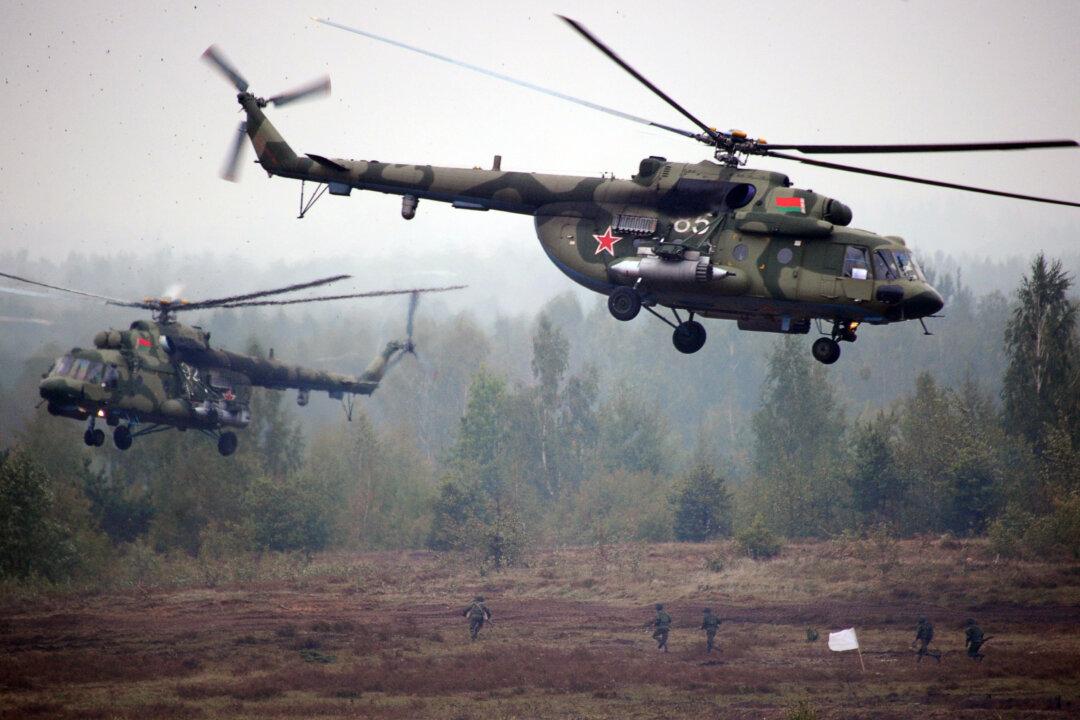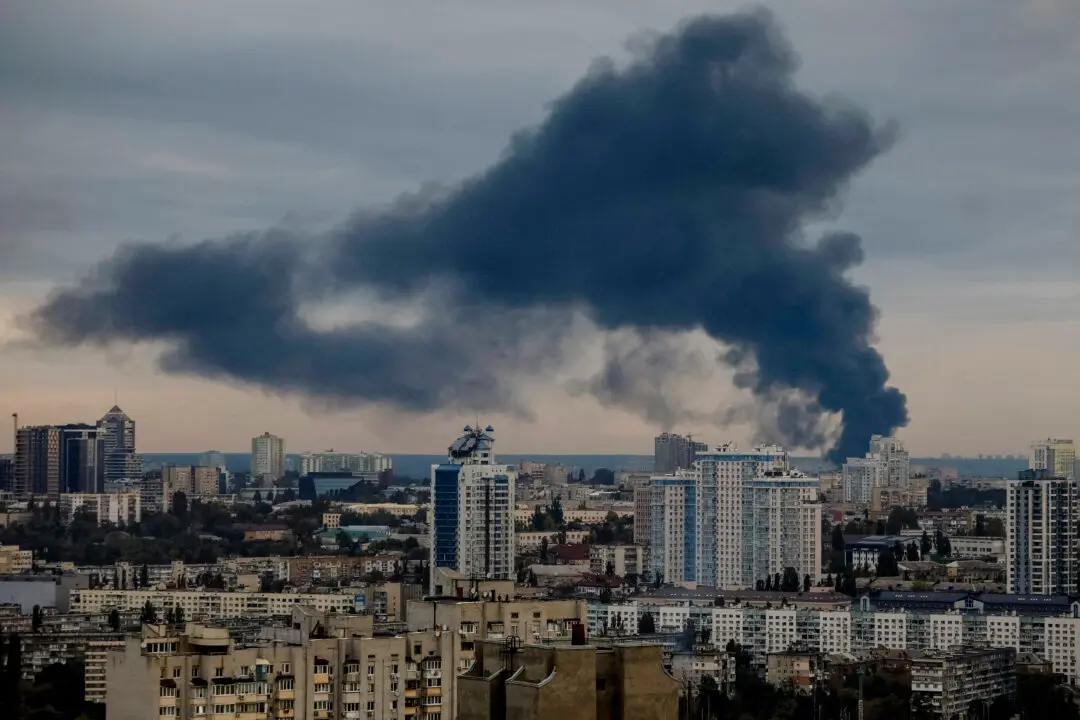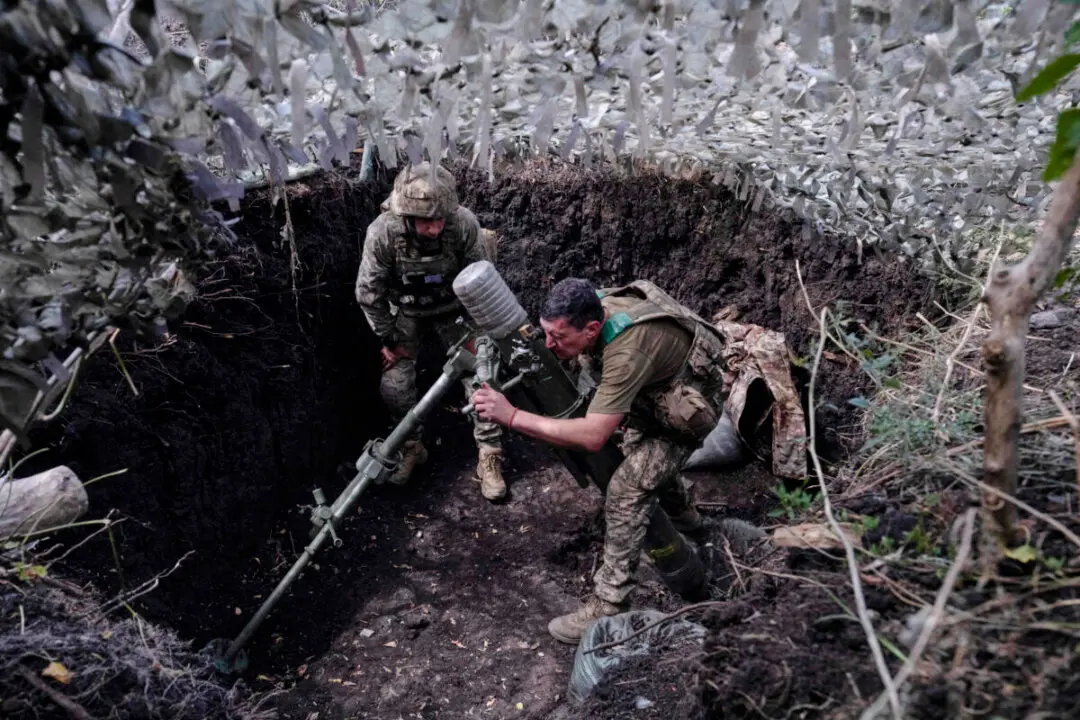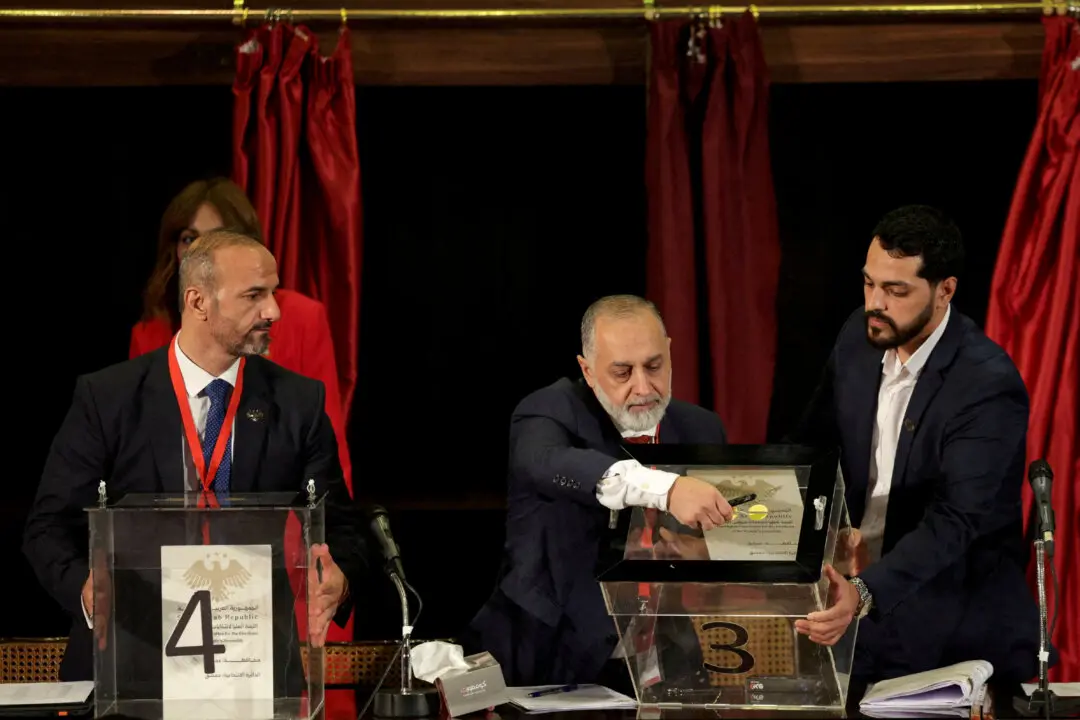Belarus has rejected demands by Poland and the three Baltic States—Lithuania, Latvia, and Estonia—to expel Wagner Group fighters from its territory.
“They [Poland and the Baltic States] went so far as to demand the immediate withdrawal [of Wagner fighters] from Belarus,” Belarusian President Alexander Lukashenko was quoted as saying by Belarusian news agency BelTa on Aug. 31.





